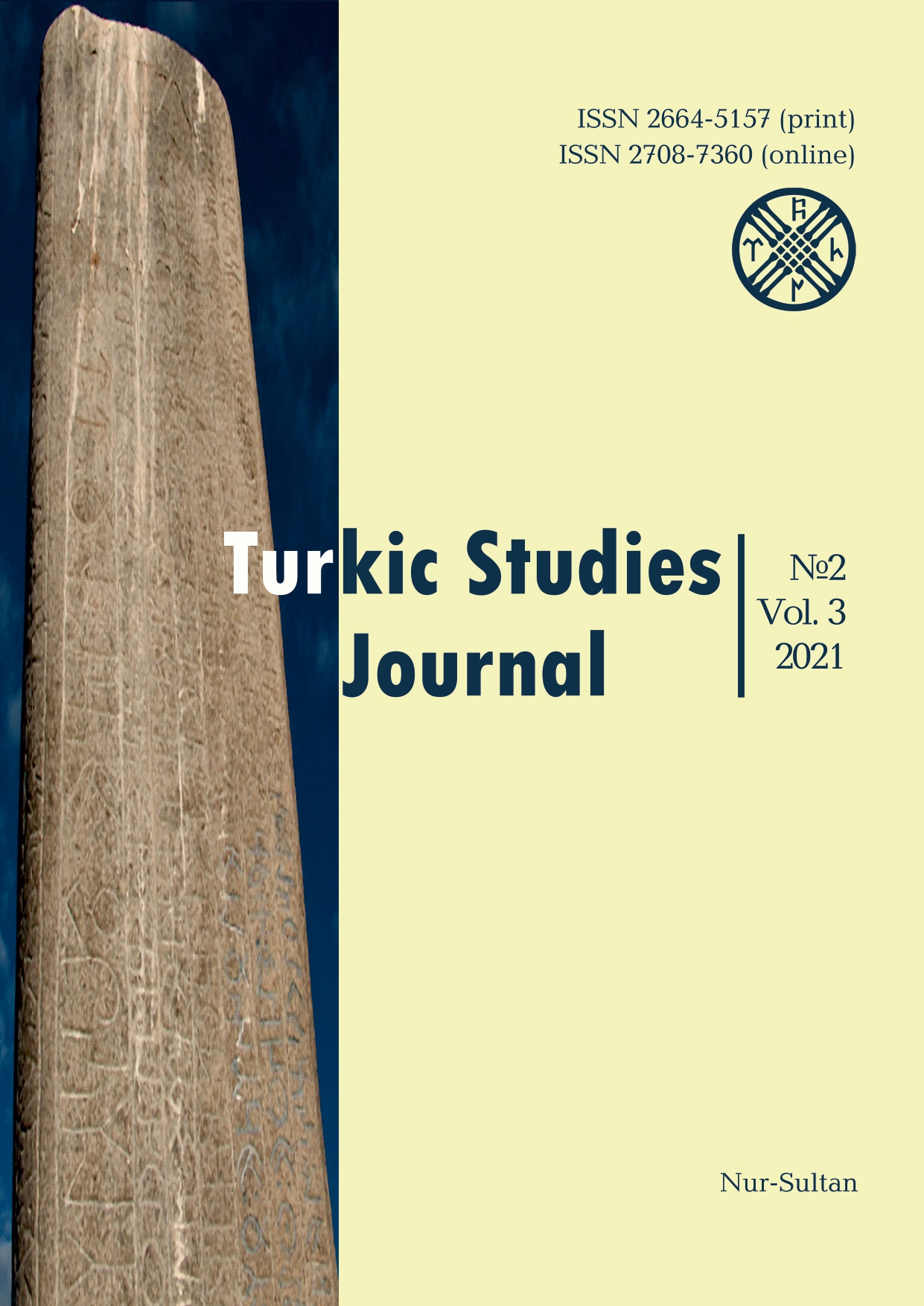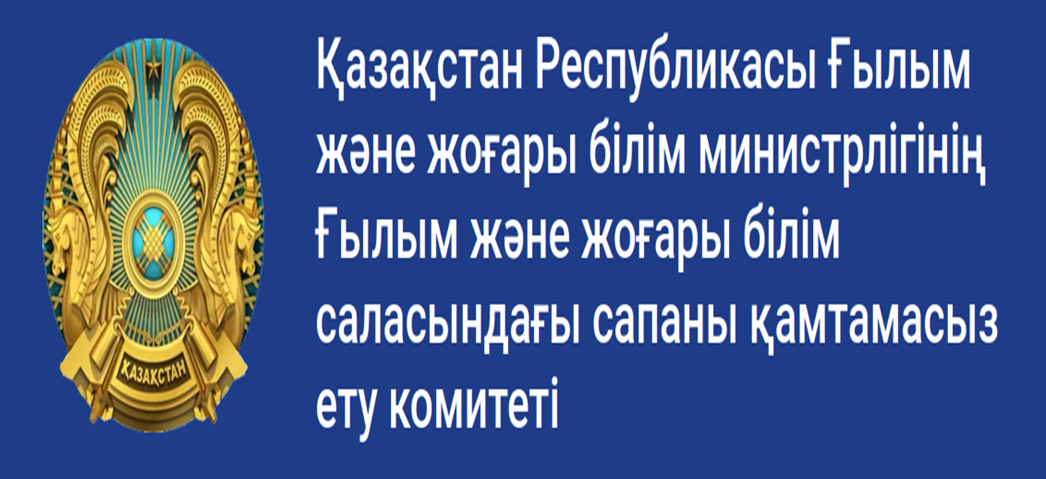State system of the Yenisei Kyrgyz
Views: 350 / PDF downloads: 133
DOI:
https://doi.org/10.32523/2664-5157-2021-2-63-74Keywords:
Central Asia, Kyrgyz state, nomadic society, Khakass, kagan, el, beg, az, kyshtymsAbstract
This article attempts to systematize various source materials for comprehensive
coverage of the issues of the functioning of the statehood of the ancient Kyrgyz and restoration of the
canvas of historical events of the period covered. The author gives a description of the kagan dynasty
and its representatives, examines the levels of the social hierarchy of the nomadic society, the system
of interaction of vertical and horizontal structural formations, the canons of customary law in the
Kyrgyz kaganate. The study provides links to ancient Türkic written monuments, Chinese chronicles,
Tibetan documents, Mongol legends and Arab geographical works, which reflect various hypotheses
about the origin of the Kyrgyz ruling dynasty «Azho» («Azhe»), and also analyzes the interpretation
of the words «az «,» Az budun «by various scientists in the context of the ethnogenesis of the Kyrgyz
people. It covers diplomatic activities, military campaigns and the death of the first Kyrgyz kagan
Barsbeg, his family ties and political relations with the rulers of the Turkic kaganate. The highest
officials of the Kyrgyz state – begi were subdivided into the following six groups: tsaysians (high
administrative rank), tutuki (governors), buyruks (messengers), zhangshi (clerks), chory or churas
(military title), tarhans (collectors of taxes and taxes) , each of which performed the corresponding
functions in the management of society and solved the current tasks facing the kaganate. An important
role in the life of the nomadic society of the ancient Kyrgyz was played by the patriarchal family –
«arch kun» and the tribal community – «aal kun». In the Kyrgyz state, one of the manifestations of
socio-ethnic exploitation was the institution of Kyshtym, whose origins date back to the Hunno-
Scythian era. Kyrgyz society had the beginnings of judicial legislation, expressed in the functioning
of a system of strictly established orders of customary (traditional) law – «töre».


























